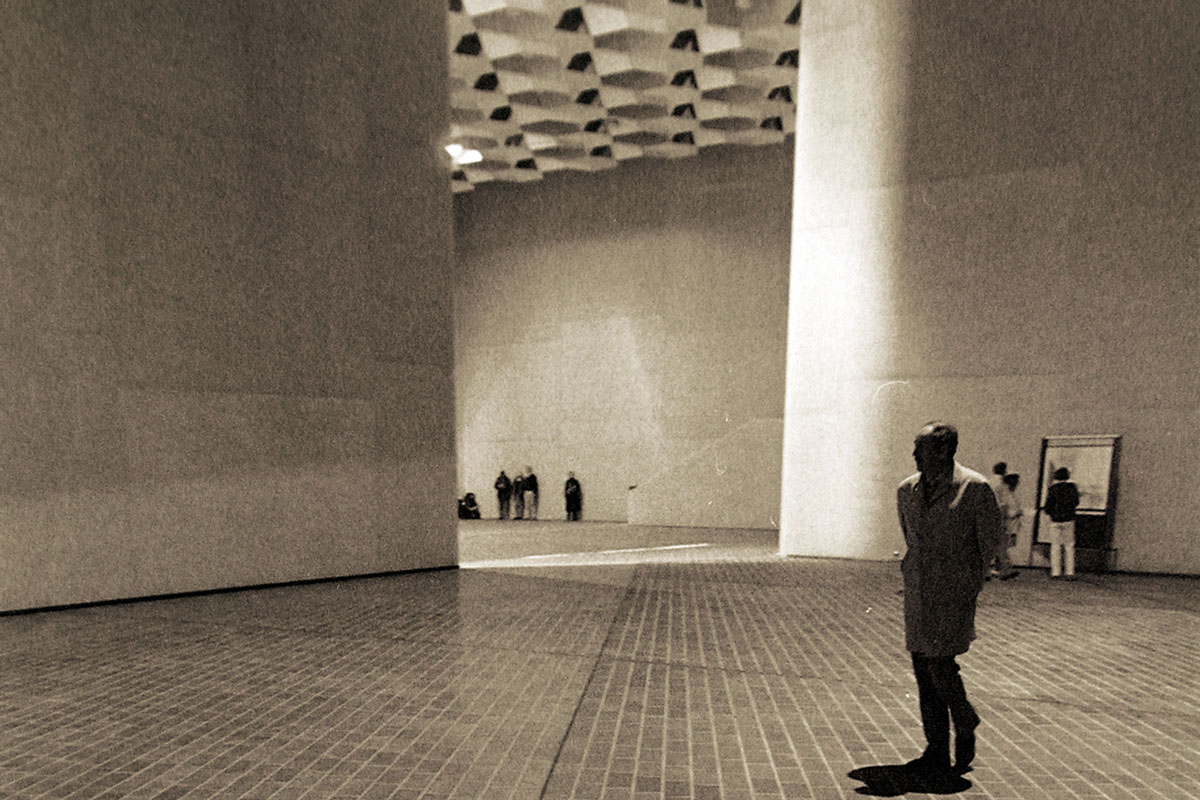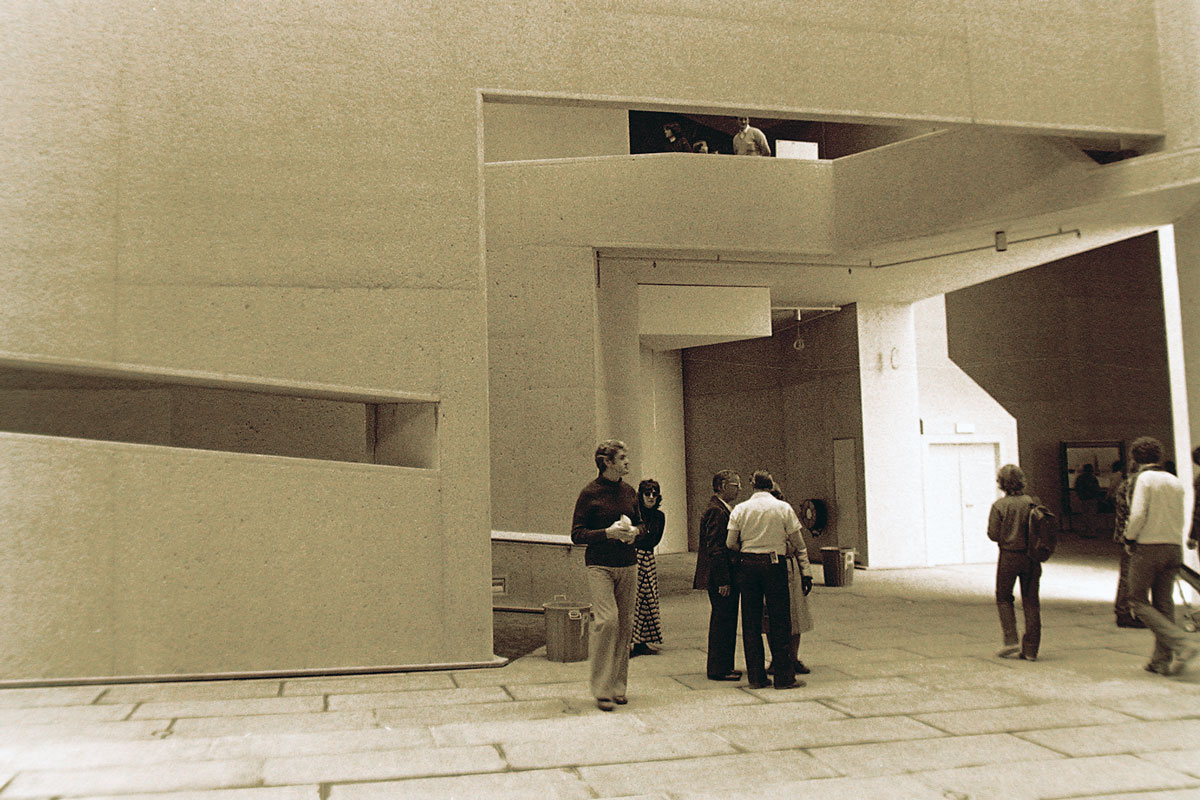
This piece was originally uploaded in May 2023
Back in 1982, when the construction of the National Gallery’s building was completed and had been handed over to become operational as a gallery, there was an open day for people to see what there was to see – that being lots of empty spaces.
All that concrete was amazing but was very brutal. It still is.
People were wandering about admiring the architecture from within. There were lots of photos taken. Some had attached their children’s artworks to the walls and photographed them along with their children. Those now grown-up children could brag that their art was once exhibited at the National Gallery in Canberra.

Earlier this year there were press statements about the water leaks and other problems including the ageing air conditioning. What was not stated that this building has had a history of water leaks and several times there have been major concerns about the air-conditioning.
In the case of the Portrait Gallery, having opened in 2008, in 2019 it had to close for six months for rectification work to maintain the integrity of its building. Sort of seems strange that a new building had to undergo such major work nine years after opening.
Since it opened, the NGA has had to deal with walls that were damp and therefore not being available for artworks. There have been many occasions over the decades when buckets were visible catching the water from the leaky roof. These serious faults do not line up with the praise that was frequently given about the design of the building.
While I have admired the building as form of concrete brutalism, doubts have always been there about it function as a major national gallery. Several decades ago the director, Betty Churcher, upset the architecture world when she had white hanging walls installed within many of the galleries. These white wall panels partly covered up the concrete walls and provided a normal type of surface for display of artworks. It remains a good decision.
The original building has been added to with the major exhibition wing on the back and the new entrance to the southside. That new exhibition wing was justified and funded on the basis that it would allow for major exhibitions to be brought in without having to disturb the exhibition of the gallery’s own collections in the main building. Somehow that has been a little lost as imported exhibitions do sometimes displace the gallery’s permanent collections.
Part of the original intent of the NGA was to have the collection exhibitions on display all the time. In the more recent decades, the permanent collections have been on the move – with Australian collections going upstairs, then back down and then more less back up. Not sure where they will land with the current major reshuffle now underway. Similarly, the international art has moved around and has been mixed up a bit to suit the contemporary curatorial intents.
It is always a pleasure to visit the NSW and the Victorian state galleries as major selections of their permanent collections remain on display – with variations and changes along the way. It is good to see old friends and to also be introduced to new ones that will most likely be there next time you visit.
While exhibiting imported exhibitions and other special selections are welcomed, the NGA should have a majority of the spaces are occupied with significant selections of the permanent collections. I am not a fan of having contemporary and borrowed works displacing permanent collections. These are the major collections that the public has paid for through federal funds given to the National Gallery for purchases.
The emphasis should return to having works out of the store-houses and back onto the floor of the gallery as much as possible. Why buy if you are not planning to exhibit them often?
It was strange to recently visit the NGA and to have such a limited amount of the permanent collection available for viewing. Hopefully when it opens up again, the NGA’s collections will yet again dominate.